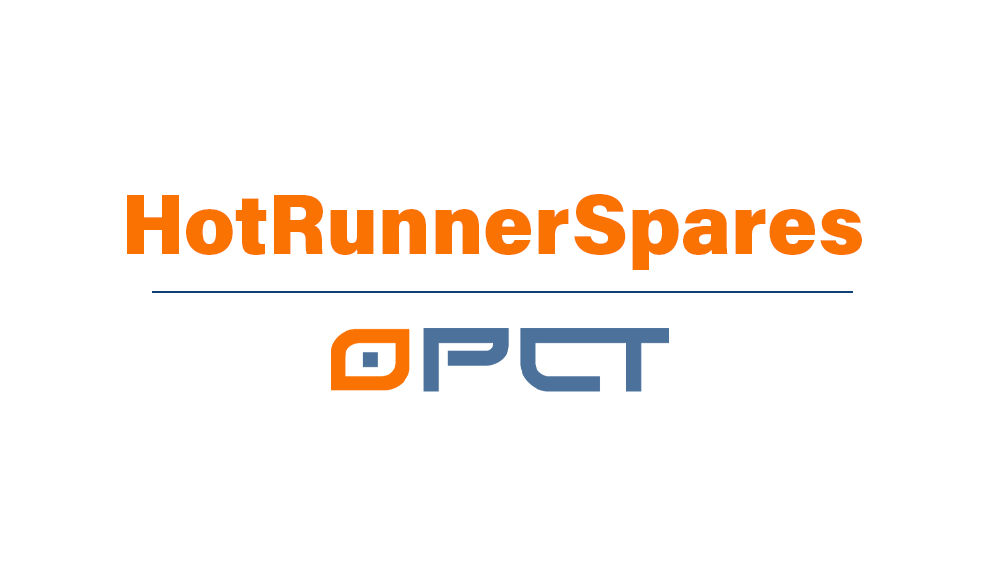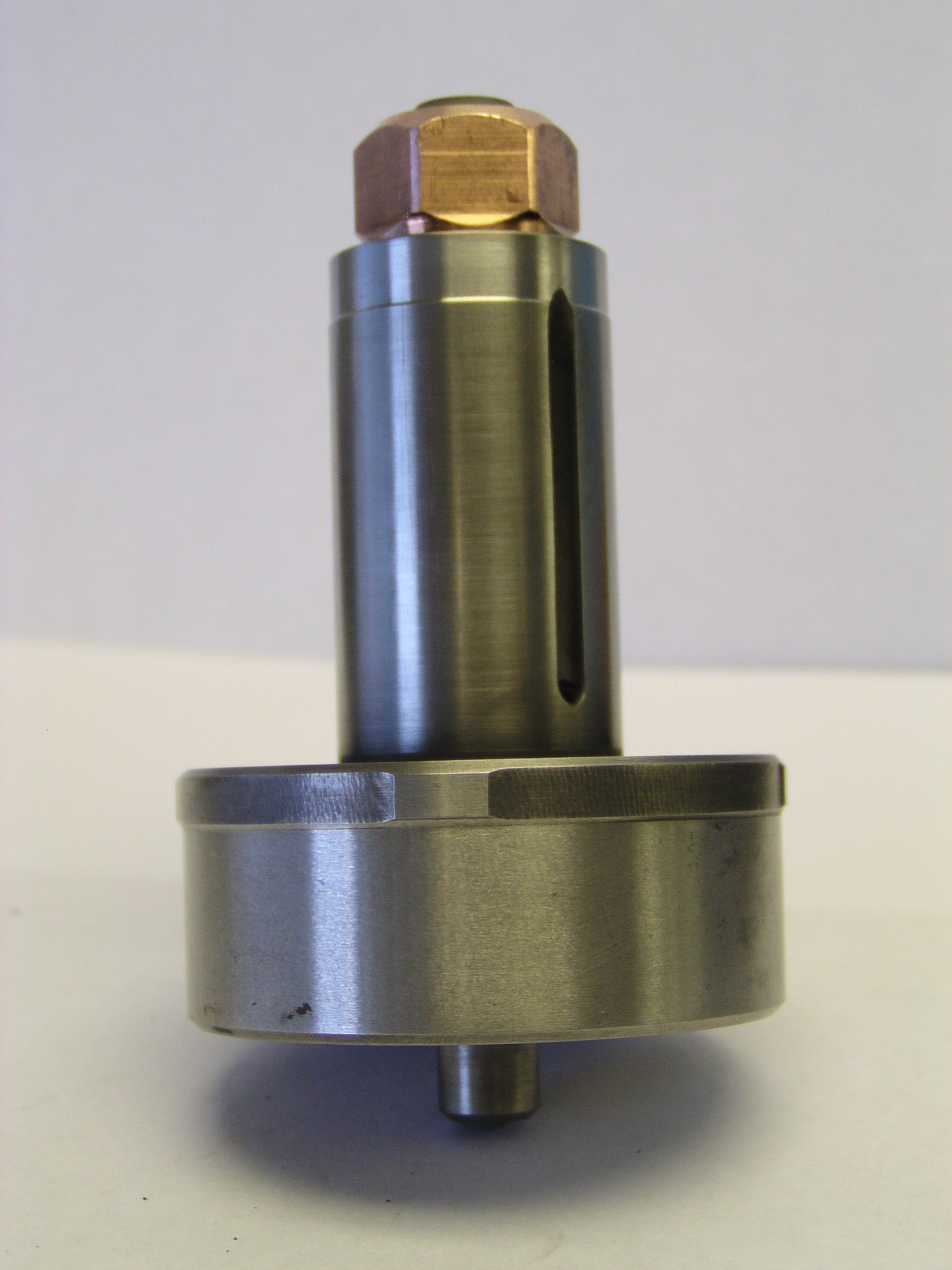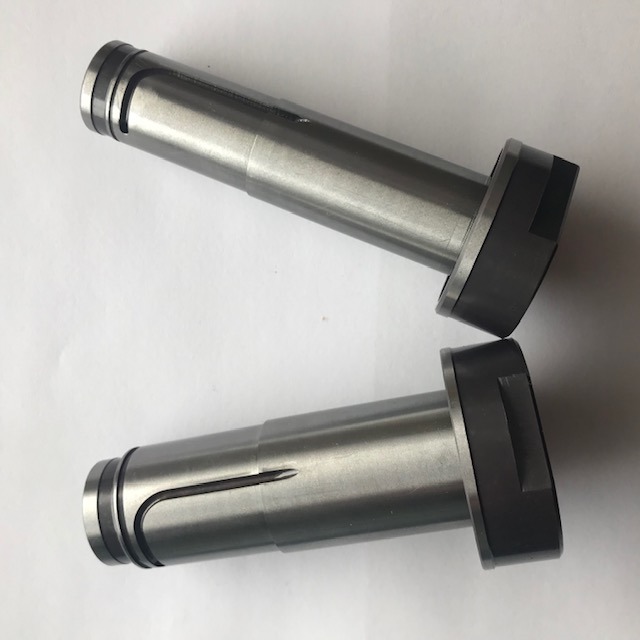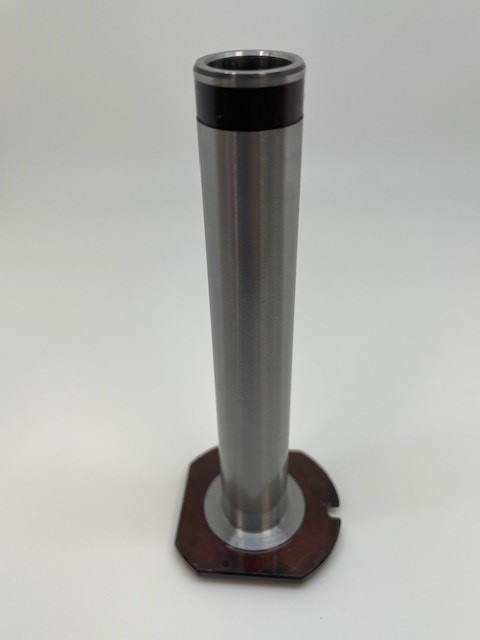Nozzle Housing Material Types in Hot Runner Injection Molding Systems
In the world of injection molding, nozzle housings play a critical role in managing the molten polymer flow within hot runner systems. Choosing the right nozzle housing material impacts performance, longevity, and the quality of molded parts. Each material has unique characteristics, and understanding these differences is essential for ensuring the optimal functioning of injection molding systems. Below, we’ll explore various materials used in nozzle housings, including H-13, M-2, 420 Stainless, Beryllium Copper, Titanium, KV3, Vespel, and TZM. We’ll also highlight the benefits of timely replacement in hot runner systems to maintain efficiency, quality, and system lifespan.
1. H-13 Tool Steel
Properties: H-13 is a chromium-molybdenum hot work steel that’s popular in injection molding applications due to its excellent thermal resistance and toughness. It offers high wear resistance and can withstand repeated heating and cooling cycles without significant deformation.
Benefits: H-13’s strength and resistance to thermal fatigue make it ideal for high-temperature environments where maintaining shape and hardness under stress is critical. It’s relatively cost-effective compared to other high-performance alloys and can extend the lifespan of the nozzle, reducing the frequency of replacements.
Best Uses: H-13 is commonly used for molds and nozzles in demanding applications involving abrasive materials and high thermal cycling.
2. M-2 High-Speed Steel
Properties: M-2 is known for its high hardness, abrasion resistance, and retention of sharp edges, even at elevated temperatures. This tungsten-molybdenum alloy is especially resistant to wear and provides superior durability.
Benefits: M-2 is highly resistant to heat softening, making it a great choice for applications where extended exposure to heat is unavoidable. Although it’s more costly than some other alloys, its longevity and reduced maintenance needs justify the investment.
Best Uses: M-2 is well-suited for long production runs and for molds used in high-stress applications. Its durability allows it to perform effectively in applications where heat and abrasion are prominent concerns.
3. 420 Stainless Steel
Properties: 420 stainless steel is a high-carbon martensitic steel that offers good corrosion resistance, along with decent strength and durability. It’s relatively easy to machine and provides sufficient hardness for medium-duty applications.
Benefits: 420 stainless steel resists oxidation and wear well, especially in humid or corrosive environments. It also has good machinability, making it a versatile option for custom nozzle housings.
Best Uses: This material is often used in environments where corrosion is a concern, such as food-grade applications or where the hot runner system may be exposed to cleaning agents or water.
4. Beryllium Copper
Properties: Beryllium copper alloys are known for their excellent thermal conductivity and moderate hardness. This material conducts heat rapidly, allowing faster cycle times and efficient heat transfer.
Benefits: The high thermal conductivity of beryllium copper prevents hotspots in the nozzle housing, which helps maintain consistent flow and reduces cycle time. It’s also highly resistant to galling and wear, making it ideal for high-performance applications.
Best Uses: Beryllium copper is widely used in molds and nozzles that require rapid heating and cooling, especially in high-precision and complex molding applications.
Note: Beryllium copper requires special handling due to potential health risks during machining, so proper precautions should be taken.
5. Titanium
Properties: Titanium is a lightweight, high-strength metal known for its excellent corrosion resistance and thermal stability. It’s commonly used in applications where weight and durability are primary considerations.
Benefits: Titanium’s high strength-to-weight ratio allows for the creation of lightweight nozzle housings that withstand high temperatures and pressure. Its corrosion resistance also makes it ideal for molds exposed to various chemicals.
Best Uses: Titanium is an excellent choice for complex, high-end applications where both lightweight design and high resistance to corrosion and heat are required.
6. KV3
Properties: KV3 is a special alloy designed for high wear and corrosion resistance, particularly under high-temperature conditions. This material provides excellent stability and durability even during long production runs.
Benefits: KV3 can endure high temperatures without significant wear or distortion, making it ideal for high-stress applications. It’s more costly than some other alloys, but the durability and low maintenance requirements help offset the initial investment.
Best Uses: KV3 is typically used in high-demand applications where regular cycles of heating and cooling occur, making it perfect for highly demanding environments.
7. Vespel (Polyimide)
Properties: Vespel is a high-performance polyimide that retains its mechanical properties across a broad temperature range. It provides excellent heat resistance and thermal insulation, making it suitable for high-temperature applications.
Benefits: Vespel is highly durable and resists both wear and creep. Unlike metals, it also has inherent insulating properties, which can prevent excessive heat transfer to surrounding components, helping to maintain temperature stability.
Best Uses: Vespel is often used in applications where thermal stability and minimal heat transfer are crucial, such as in certain medical and high-precision plastic molding operations.
8. TZM (Titanium-Zirconium-Molybdenum Alloy)
Properties: TZM is a molybdenum-based alloy that includes small amounts of titanium and zirconium, providing excellent high-temperature strength and resistance to thermal fatigue.
Benefits: TZM retains its strength at high temperatures and provides superior resistance to creep deformation and corrosion, even in highly stressed environments. It also has good machinability and can be polished to a fine finish.
Best Uses: TZM is frequently used in hot runner systems where high strength, thermal stability, and resistance to wear are essential.
The Importance of Regular Replacement and Maintenance
Over time, even the best nozzle housing materials can deteriorate due to the high temperatures, pressures, and mechanical stresses in hot runner systems. Regular inspection and replacement of worn components prevent malfunctions and avoid defects in the molded products. Ensuring that worn parts are replaced not only extends the system’s operational life but also optimizes cycle times and prevents costly downtimes.
Subtle performance declines in hot runner nozzles can have cascading effects on overall production quality and efficiency. Replacing degraded parts with high-quality replacements ensures the system runs smoothly. For example, HotRunnerSpares.com, a distributor of polymer cleaning technology, offers replacement hot runner nozzle components that maintain the performance of hot runner systems, providing an affordable alternative to OEM parts.
Benefits of Timely Replacement in Hot Runner Systems
Improved Product Quality: Worn nozzles can lead to inconsistency in the polymer flow, which can result in defects or poor surface finishes on molded parts. Regular replacements maintain a stable flow, improving the end product quality.
Reduced Cycle Times: Components that degrade due to wear or thermal fatigue can affect cycle efficiency. High-quality replacement parts, such as those available from HotRunnerSpares.com, help maintain cycle times and minimize production bottlenecks.
Enhanced System Lifespan: Regularly replacing high-stress parts, like nozzle housings, can help prevent damage to adjacent components, prolonging the lifespan of the entire system and minimizing long-term repair costs.
Lower Maintenance Costs: By replacing worn parts preemptively, manufacturers can avoid unexpected breakdowns, reducing maintenance costs and the need for emergency repairs.
Energy Efficiency: Components with high thermal conductivity, like beryllium copper or titanium, help reduce energy consumption by stabilizing temperatures faster. Using newer, efficient materials reduces energy expenditure and keeps operating costs in check.
Conclusion
Choosing the right material for nozzle housings is essential for the performance and longevity of injection molding and hot runner systems. Whether opting for the strength of H-13, the thermal efficiency of beryllium copper, or the corrosion resistance of titanium, each material offers distinct advantages tailored to different applications.

Regular replacements and upgrades are also critical, as they prevent quality issues and help maintain optimal production efficiency. For reliable, high-quality replacements, HotRunnerSpares.com provides a range of hot runner nozzle components designed to keep injection molding systems operating at peak performance.
By understanding and utilizing the right materials and replacement parts, manufacturers can maximize productivity, reduce downtime, and maintain high-quality standards in their products.

Hot Runner Repairs & Manifold Cleaning by PCT available at HotRunnerManifoldCleaning.com
Find this information useful? Share with friends & colleagues:
Contact Information:
Polymer Cleaning Technology, Inc.
[email protected]
+1 (908) 281-0055




